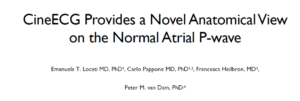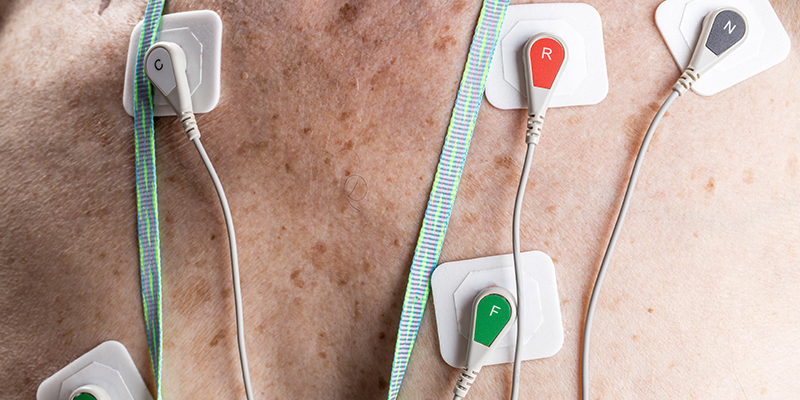Next month Dutch parliament will vote on initiating a process for screening for AF with EVG for people over the age of 65. This even was the opening of the main news editions (apologies but the link goes to a Dutch News website) The Dutch Society of Cardiology supports this initiative as It can potentially prevent 3000 strokes per year in The Netherlands.
The Dutch cardiologists find this screening process very important since they estimate a 100.000 people have AF in the country, but are not aware of this disorder.
As ECG Excellence we support this initiative, but we think detecting AF signals from ECG data is just the tip of the iceberg. Early detection of heart disorders is a major challenge for a range of disorders (both heart rhythm and heart conduction related) and correct ECG interpretation is one of the key needs for this early detection. Almost all cardiac diagnostic processes start with an ECG and the ECG is still the only instrument to register electrical activity.
Screening for AF with ECG is a great step forward but from our ECG Excellence perspective the full iceberg should be targeted in the ECG based screening process and not only AF.
But this is far more difficult than it appears at first sight. Despite the fact that the ECG was invented more than a century ago on average only 54% of ECGs are interpreted correct by physicians (Jama Internal Medicine September 2020).
We recommend to include our CineECG technology in the screening process and boost the diagnostic potential of the ECG. CIneECG classifies +25% more patients with pain in chest complaints and shows heart conduction changes way before arrhythmia’s are manifest and measurable.
Screening for AF with ECG is a great start but needs expanding the scope
In more detail: today physicians, including cardiologists, are still faced with difficult to read and interpret ECG data output. And as a result on average 30% of heart infarcts are missed from ECG, 20% of heart patients picked up by ambulances end up in the wrong hospital, etc. In their report (pain in the chest) in 2017 the Dutch Health Institute concluded a significant amount of over-diagnosis (X-ray, Stress ECG, Echo, etc) in first line diagnostics and a significant percentage of not needed referrals from primary care to Cardiology (and beyond).
Of course we give huge credit to the medical professionals who have spend hours and hours in learning how to read an ECG. At least 3500 ECGs are needed to learn the basic implications of ECG waveforms. And identifying subtle deviations from normal in ECG waveforms (especially in the low potential difference parts) is almost impossible when you are not sure the baseline is correct positioned.
With our new technology CIneECG we now offer way forward to make ECG interpretation so much easier and better. Including analysis of the Atria and the P wave. CineECG is a digital twin (computerized modelling) technology which reconstructs a person’s heart activation from just the standard 12 lead ECG data. CineECG relates the ECG data to the heart anatomy and shows deviations from normal electrical activation far more accurate than any other solution. CineECG classifies +25% more people with ‘pain in the chest’ complaints when they present themselves at primary care doctors. This saves lives and reduces diagnostic costs. But CineECG also ‘identifies’ hidden heart disorders which are not visible on ECG or otherwise.
And since CineECG shows conduction changes in the heart tissue which happen before arrythmias are manifest (and measurable by rhythm focused equipment such as wearables on the wrist) CineECG can support heart disorder screening processes quit effective and save lots of costs. There’s much more to see in the ECG and we are more than happy to share our insights and solutions.






